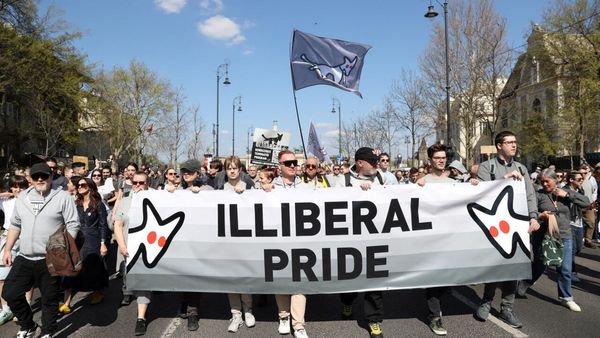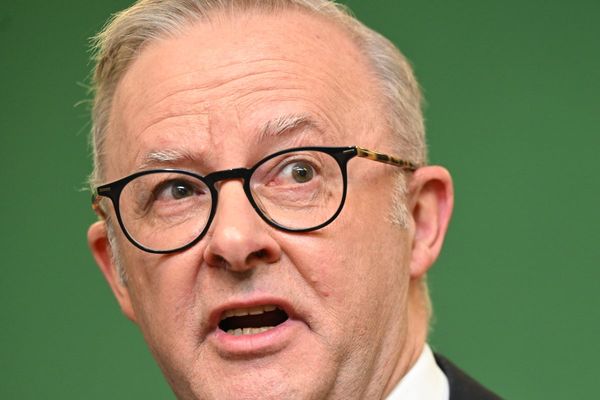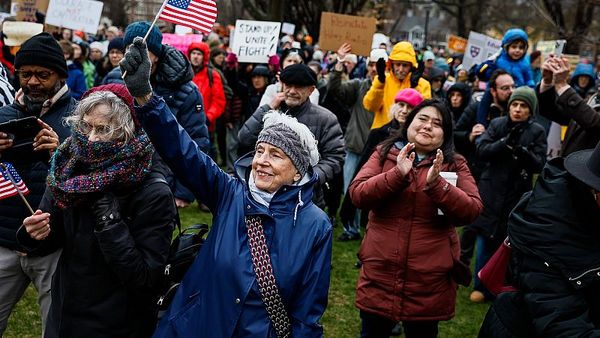Robinhood stock is a highly rated, high-volatility stock. Therefore, one way to take ownership of Robinhood stock for less than the current price is via a cash-secured put option.
High volatility means high option premiums. Actually, that can be great for option sellers.
Robinhood is a financial services company. Its commission-free stock, options, and cryptocurrency trading platform has helped democratize access to the financial markets for retail investors. Since its IPO, Robinhood stock has been highly volatile, too. Regulatory scrutiny, competition, and changes in user engagement trends stand out.
So, let's take a look at how a cash secured put trade might look on HOOD. A cash-secured put involves first writing an at-the-money or out-of-the-money put option. Then, set aside enough cash to buy the stock.
The goal? Either have the put expire worthless and keep the premium. Or, get assigned shares and acquire Robinhood stock below the current price.
Traders selling puts need to understand that they may be assigned 100 shares at the strike price.
Robinhood Stock Today: The Trade
Let's assume we're happy to buy 100 shares of Robinhood stock at a price of 18 any time between now and Oct. 18. Selling an October monthly put option with an 18 strike price would generate around $100 in premium per contract, based on recent trading. The put seller would have the obligation to purchase 100 shares of Robinhood stock at 18 if called upon to do so by the put buyer.
Calculate the break-even price by taking the strike price in Robinhood stock, less the premium received. So in this case we get a break-even price of 17. That's 10.2% below Friday's closing price.
If Robinhood stock stays above 18 at expiry, the put expires worthless. The trader exits with a very high 5.88% return on capital at risk. That works out to around 53% on an annualized basis.
Risk Vs. Reward
The main risk with the trade is similar to outright stock ownership. If Robinhood stock falls sharply, the trade will suffer a loss. But the loss gets partially offset by the premium received for selling the put.
The maximum loss on the trade would occur if Robinhood stock fell to zero. The trade would lose $1,700 but most traders would cut their losses before then.
Cash secured puts are a fantastic way to generate a nice return on stocks the trader is happy to own.
If the put does get assigned, the investor takes ownership with a reduced cost base. He or she can now begin selling covered calls to generate additional income from the position.
According to IBD Stock Checkup, Robinhood stock ranked No. 5 in its group. It shows a Composite Rating of 97, an EPS Rating of 81 and a Relative Strength Rating of 90. The company is due to report earnings in late October or early November, so this trade should not have earnings risk.
Always remember that options are risky and investors can lose 100% of their investment.
This article is for education purposes only and not a trade recommendation. Remember to always do your own due diligence and consult your financial advisor before making any investment decisions.
Gavin McMaster has a Masters in Applied Finance and Investment. He specializes in income trading using options, is very conservative in his style and believes patience in waiting for the best setups is the key to successful trading. Follow him on X/Twitter at @OptiontradinIQ







